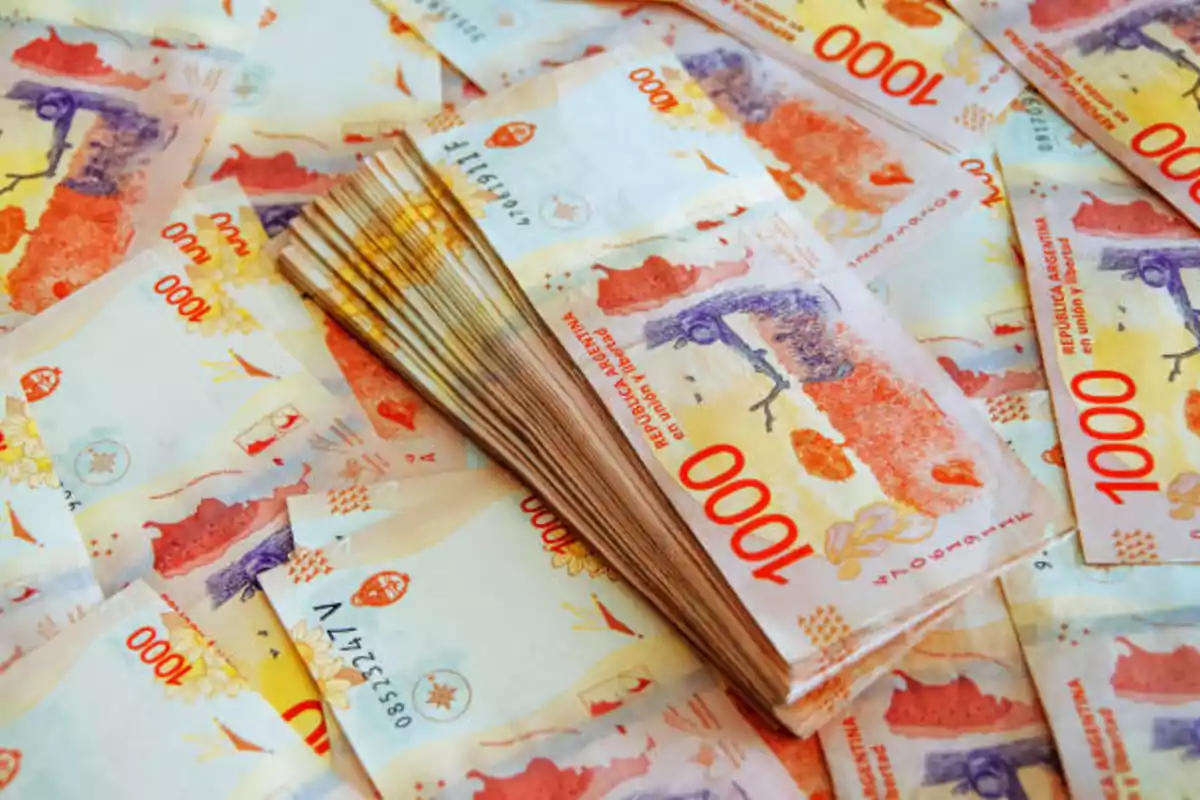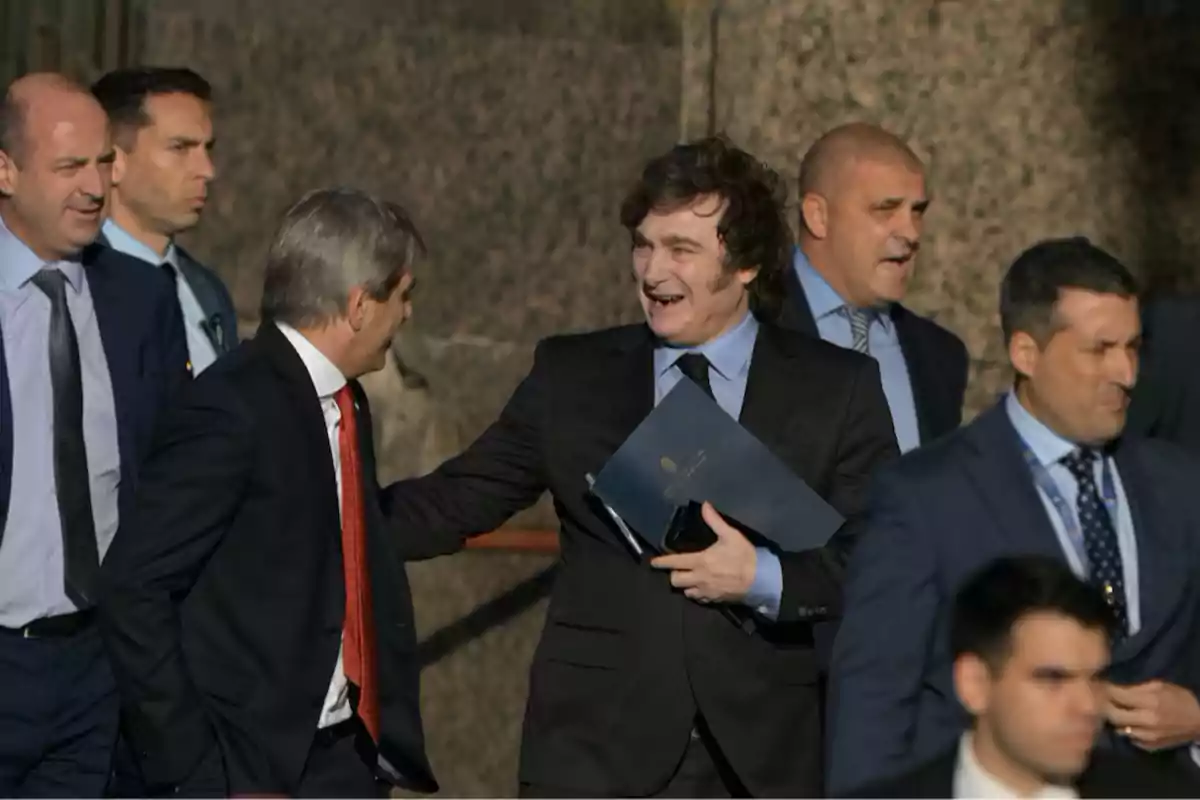
April's inflation would be 2.2%, according to the Central Bank's REM.
After the lifting of the restriction, prices didn't undergo a significant change
The economic reality once again supports President Javier Milei's management. April's inflation would have been lower than March's, despite the lifting of the currency control, a long-awaited and feared milestone by sectors betting on the failure of the libertarian model. Most private consultancies agree that the Consumer Price Index (CPI) for the fourth month of the year would be below the 3.7% officially recorded in March.
The official figure will be published by the INDEC next Wednesday, May 14, but there is already a growing consensus on the price slowdown. The latest Market Expectations Survey (REM), prepared by the Central Bank, even projected a CPI of just 2.2% for April. Although private studies were somewhat more cautious—EcoGo estimated 3%, Equilibra 3.3%, and LCG 3.5%—they all agree on a central point: inflation not only didn't skyrocket after the control was lifted, but it continued to decline.

"For April we expect inflation around 3.5% monthly, a level similar to March's. This is due to a beginning of the month still with uncertainty regarding the economic future", explained from LCG. In that line, they warned that regulated products—such as prepaid, transportation, and telephony—will continue to increase, but with less impact. The rise in that sector remained above 2%. In contrast, seasonal prices, which had strongly risen in March due to the increase in vegetables, lost momentum.
Equilibra, meanwhile, calculated 3.3% inflation in April, with a core inflation that advanced 3.4% and regulated prices 2.5%. "Core inflation remained relatively stable, in a context of less pressure from non-seasonal food and beverages," they noted from the consultancy, highlighting the trend toward stability.
EcoGo agreed that inflation was around 3% and highlighted the halt in the rise of food as a key factor. Additionally, they emphasized that the pass-through to prices after the lifting of the control—the known "pass-through"—was less than expected: "The pass-through was less than expected", they indicated. This confirms what the government maintained: the market had already internalized the end of currency restrictions, and fiscal discipline provided the necessary anchor.
The reasons for this evolution are far from coincidental. The C&T price survey in Greater Buenos Aires showed an increase of just 2.7% in April, one point less than the official CPI in March. From that firm, they highlighted the decline in seasonal products and education, which had peaked at 21.6% in March and fell to 4% in April. Sectors such as food and beverages, home equipment, toiletries, and even cars and tools also moderated.

Core inflation—which excludes regulated and seasonal prices—also showed signs of moderation throughout the month. Although the beginning of April was marked by some expectation of increases associated with the new exchange regime, prices began to calm down as the days went by. "Housing was another sector that moderated in April after the salary increases received by building managers in March", they added from C&T.
In year-on-year terms, inflation stood at 48%, with notable increases in food and non-alcoholic beverages (3.8%) and alcoholic beverages and tobacco (4.7%). However, even in these sectors, a slowdown was perceived. The clothing and entertainment sectors were the only ones with more marked increases, explained by seasonal factors such as Easter.
The psychological impact of the end of the control was also more limited than many expected. There were initial tensions, such as supermarkets rejecting price lists sent by food companies, but they didn't manage to distort the general index. The government's monetary and fiscal policy prevailed, and the results are beginning to speak for themselves.
More posts: